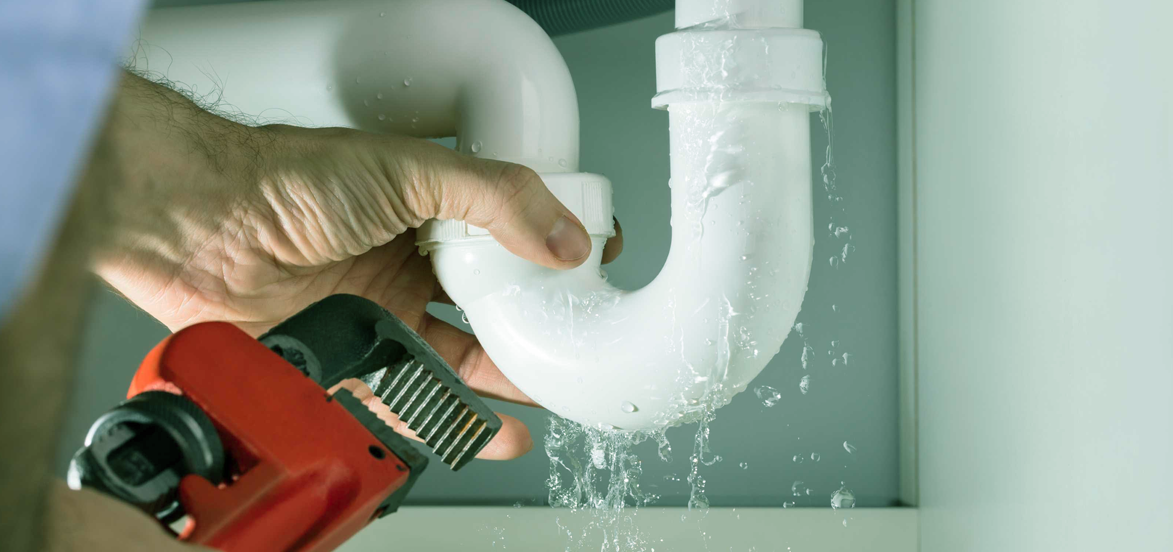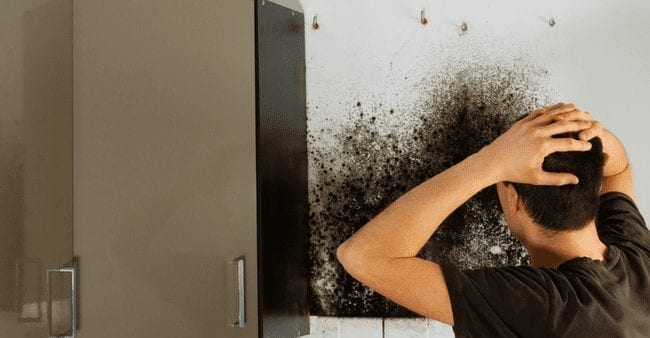The publisher is making several good annotation regarding Locating water leaks as a whole in this great article underneath.

Early detection of leaking water lines can reduce a possible catastrophe. Apart from saving you money, it will certainly lessen the irritation as well as irritation. The minute you locate a leak, calling your plumber for repair services is the most effective remedy. Some small water leakages might not be noticeable. If you can not detect it with your nude eyes, here are some hacks that help.
1. Take A Look At the Water Meter
Every house has a water meter. Checking it is a surefire manner in which helps you uncover leaks. For starters, shut off all the water resources. Make sure no one will certainly flush, use the tap, shower, run the washing maker or dish washer. From there, go to the meter and also watch if it will transform. Because no person is using it, there must be no movements. If it relocates, that indicates a fast-moving leakage. If you detect no changes, wait an hour or two and inspect back once more. This implies you might have a slow-moving leakage that could also be below ground.
2. Inspect Water Usage
If you find unexpected modifications, in spite of your intake being the same, it implies that you have leakages in your plumbing system. An unexpected spike in your expense shows a fast-moving leak.
At the same time, a consistent boost on a monthly basis, even with the exact same habits, reveals you have a slow leakage that's also gradually intensifying. Call a plumber to thoroughly inspect your property, especially if you really feel a cozy area on your flooring with piping underneath.
3. Do a Food Coloring Test
When it involves water intake, 30% comes from toilets. Examination to see if they are running properly. Drop specks of food color in the container as well as wait 10 mins. If the shade in some way infiltrates your dish throughout that time without flushing, there's a leak in between the container as well as dish.
4. Asses Outside Lines
Do not neglect to examine your exterior water lines also. Needs to water seep out of the connection, you have a loosened rubber gasket. One little leakage can lose heaps of water and surge your water costs.
5. Examine and Assess the Circumstance
Home owners need to make it a routine to examine under the sink counters as well as even inside closets for any type of bad odor or mold growth. These 2 warnings suggest a leak so prompt attention is needed. Doing routine evaluations, even bi-annually, can save you from a major issue.
Examine for discolorations as well as weakening as many devices and also pipelines have a life expectancy. If you suspect leaking water lines in your plumbing system, don't wait for it to rise.
Early discovery of leaking water lines can alleviate a potential catastrophe. Some tiny water leakages might not be noticeable. Examining it is a surefire method that assists you find leakages. One small leakage can waste loads of water and surge your water bill.
If you believe dripping water lines in your plumbing system, don't wait for it to rise.
WARNING SIGNS OF WATER LEAKAGE BEHIND THE WALL
PERSISTENT MUSTY ODORS
As water slowly drips from a leaky pipe inside the wall, flooring and sheetrock stay damp and develop an odor similar to wet cardboard. It generates a musty smell that can help you find hidden leaks.
MOLD IN UNUSUAL AREAS
Mold usually grows in wet areas like kitchens, baths and laundry rooms. If you spot the stuff on walls or baseboards in other rooms of the house, it’s a good indicator of undetected water leaks.
STAINS THAT GROW
When mold thrives around a leaky pipe, it sometimes takes hold on the inside surface of the affected wall. A growing stain on otherwise clean sheetrock is often your sign of a hidden plumbing problem.
PEELING OR BUBBLING WALLPAPER / PAINT
This clue is easy to miss in rooms that don’t get much use. When you see wallpaper separating along seams or paint bubbling or flaking off the wall, blame sheetrock that stays wet because of an undetected leak.
BUCKLED CEILINGS AND STAINED FLOORS
If ceilings or floors in bathrooms, kitchens or laundry areas develop structural problems, don’t rule out constant damp inside the walls. Wet sheetrock can affect adjacent framing, flooring and ceilings.
https://www.servicemasterbyzaba.com/blog/how-to-detect-water-leakage-in-walls/

I have been very inquisitive about Leaking water lines and I hope you appreciated the new page. Appreciated our content? Please share it. Let somebody else locate it. Thanks a lot for your time. Visit again soon.